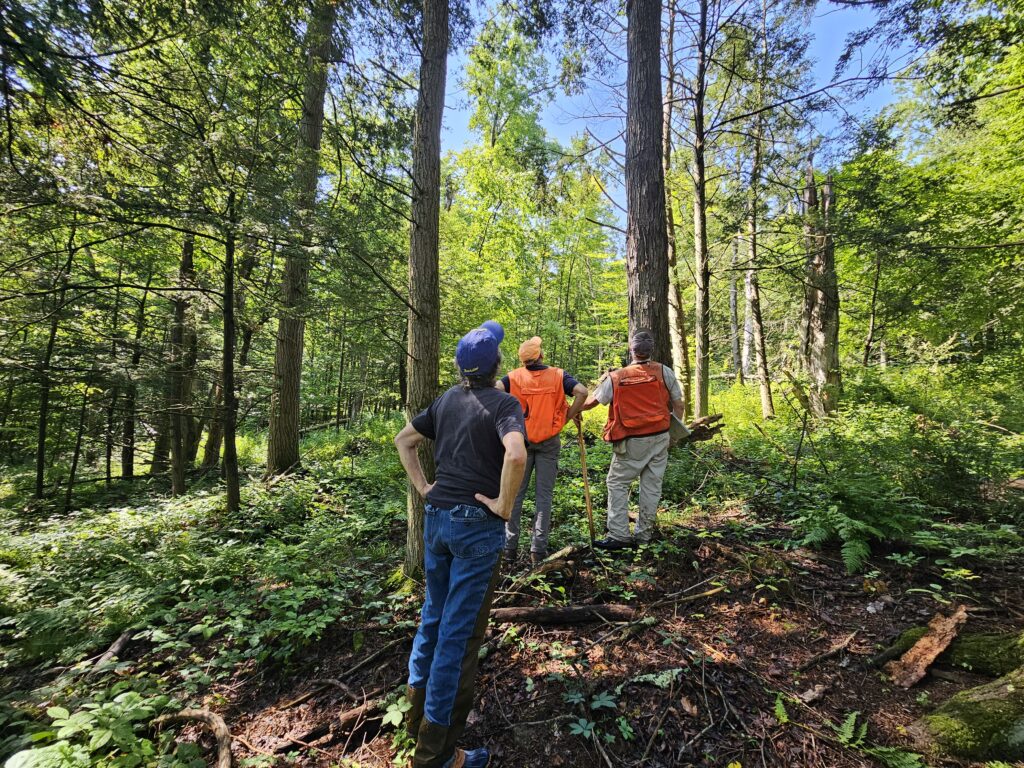Nestled in Bradford County, NPC’s 120-acre Laning Creek conservation easement is a testament to family heritage and land stewardship. This property has been in the owner’s family for generations, with a rich history of farming and cherished summer memories. Today, it continues to support hay production and provides wildlife habitat and a peaceful retreat. Named after the creek that flows through it, the conservation easement conserves Laning Creek, its unnamed tributary, and a forested wetland, ensuring that these vital water resources continues to benefit the surrounding communities.
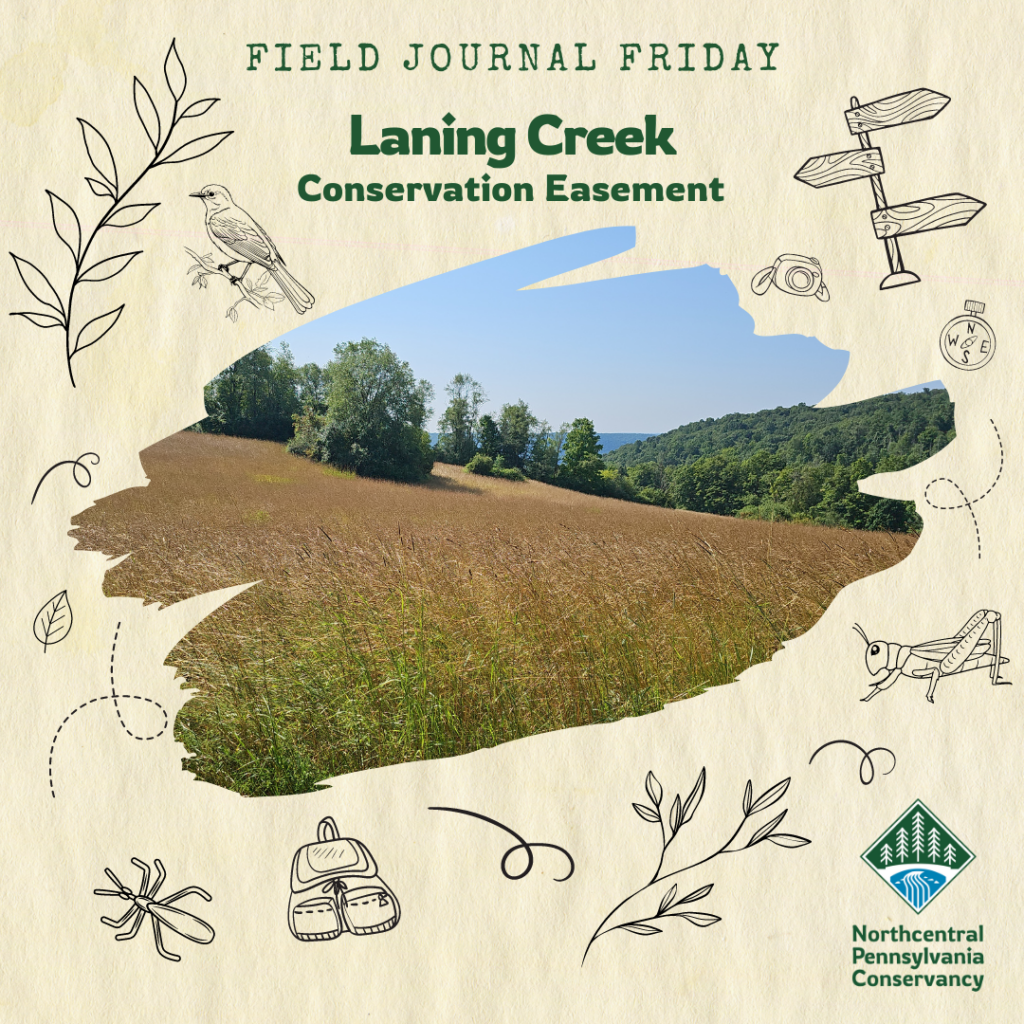
Observation #1: Allegheny Monkeyflower
The Allegheny monkeyflower (Mimulus ringens) is a distinctive wildflower found in Pennsylvania’s wetlands and stream banks. Its vibrant, tubular purple flowers have unique shapes and markings that resemble a monkey’s face, inspiring its common name, “monkeyflower.”
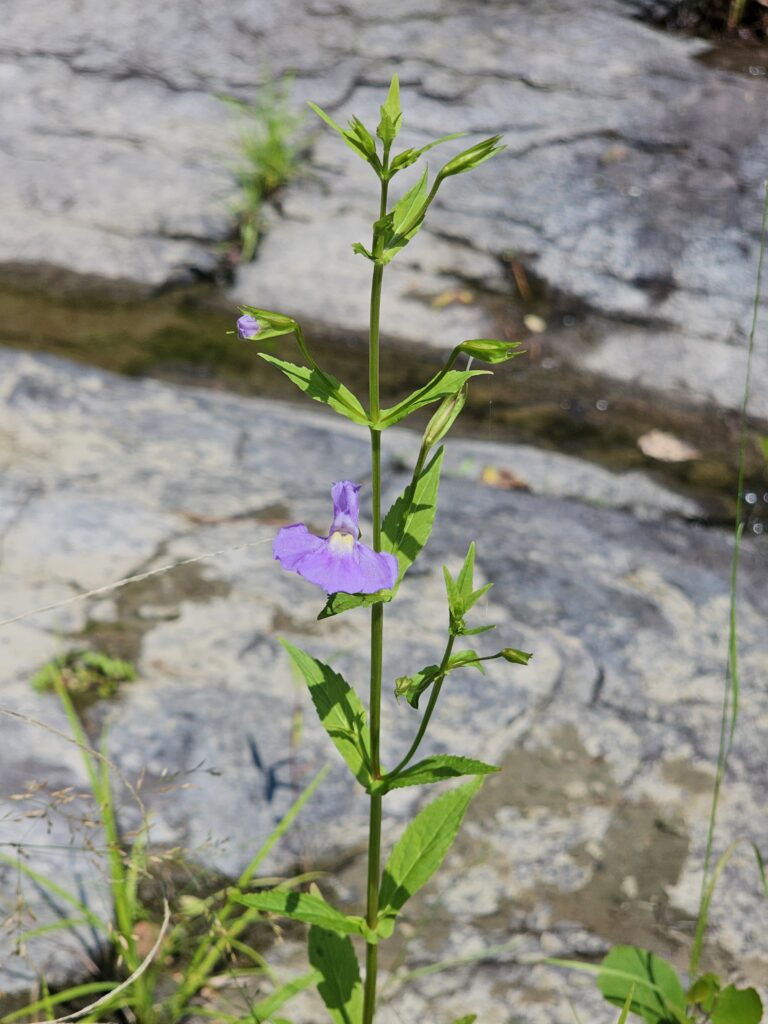
Observation #2: Blackberry
Who hasn’t stopped to sample the goods from this hardy, native berry shrub found across Pennsylvania’s woodlands and meadows?! The Pennsylvania blackberry (Rubus pensilvanicus) produces delicious, dark purple berries that are rich in vitamins and antioxidants, making them a nutritious treat for humans and wildlife alike. While the berries are tasty, the plant’s thorns can be quite prickly, making berry-picking a bit of a challenge but adding to the fun of foraging!
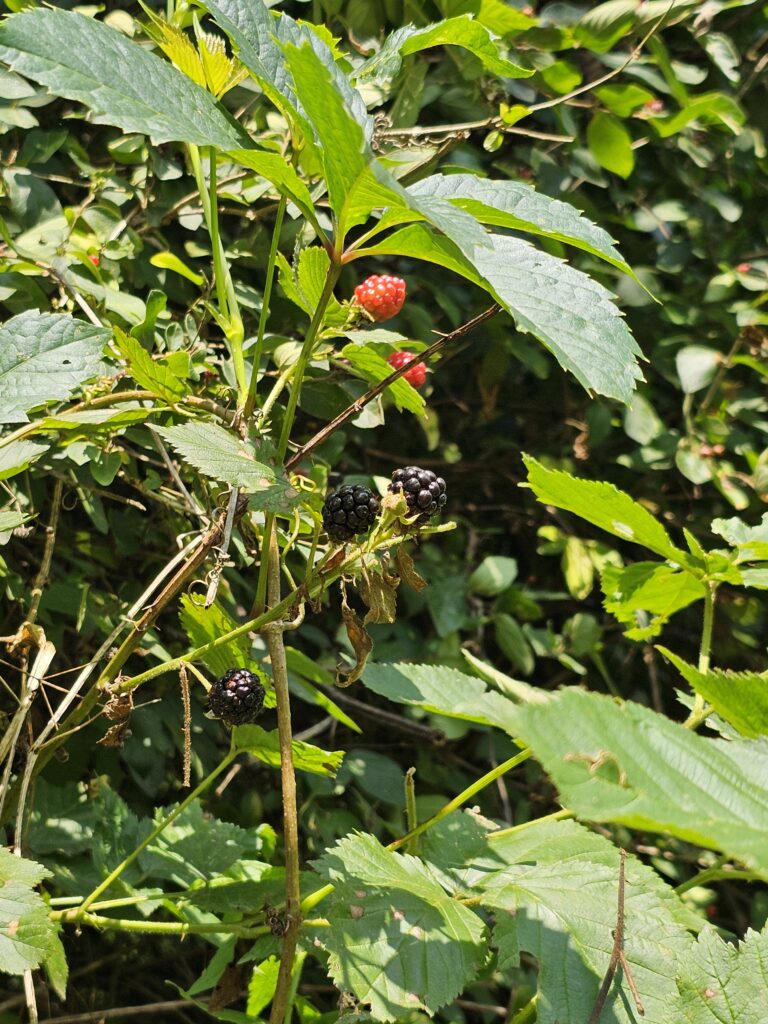
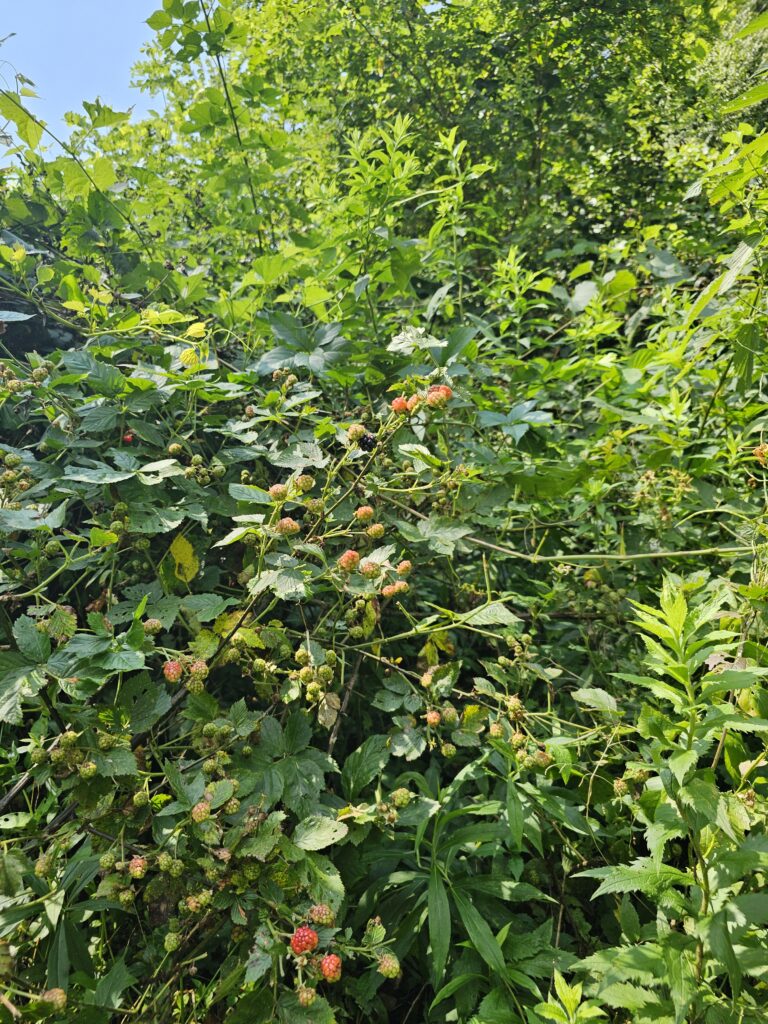
Observation #3: Wild Bergamot
Native Wild Bergamot (Monarda fistulosa), also known as Bee Balm, is a favorite among pollinators, especially bees and butterflies, thanks to its vibrant blooms and rich nectar. The plant’s distinctive flowers resemble fuzzy, pink to purple pom-poms, and its leaves have a minty, citrus-like aroma that can be used to make herbal teas.
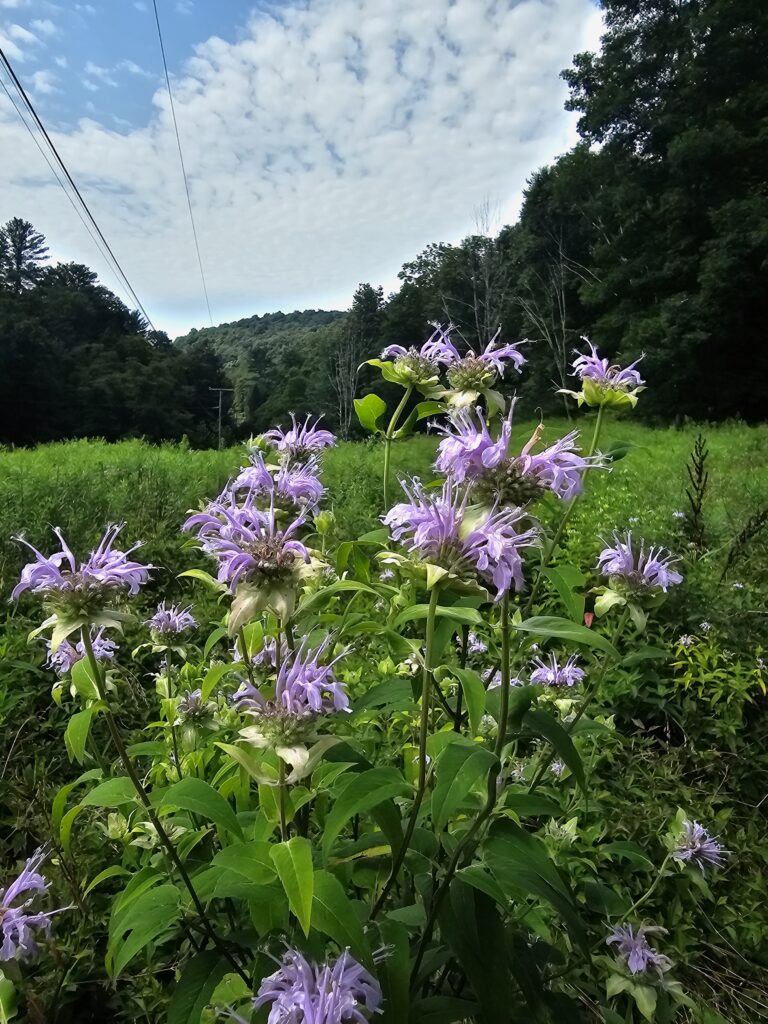
Observation #4: Forest Management Plan
The landowners are currently working with a Certified Forester to develop a Forest Management Plan. A Forest Management Plan provides many benefits for keeping forests healthy. It includes strategies for responsibly harvesting timber, controlling pests and invasive species, restoring natives, and conserving habitats. These steps help forests stay strong and productive for the long term.
